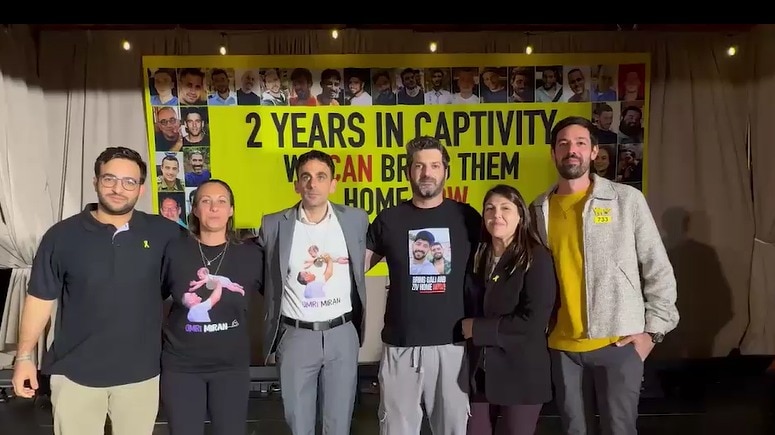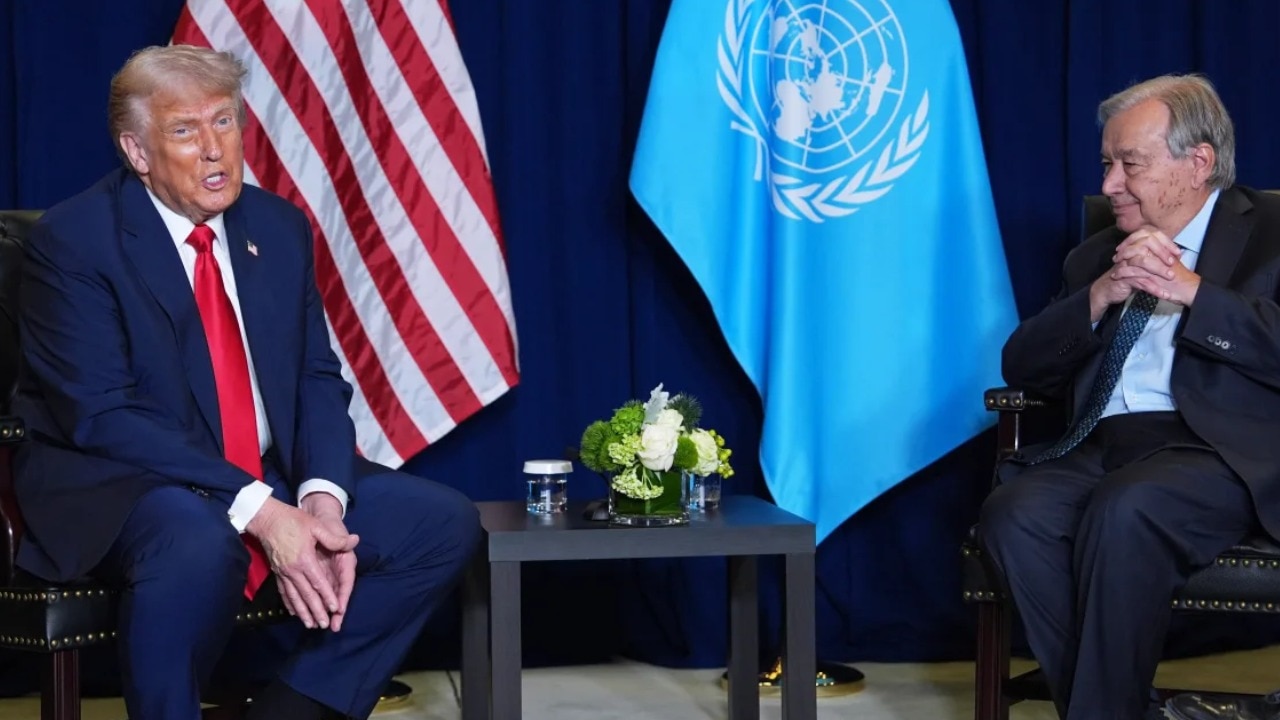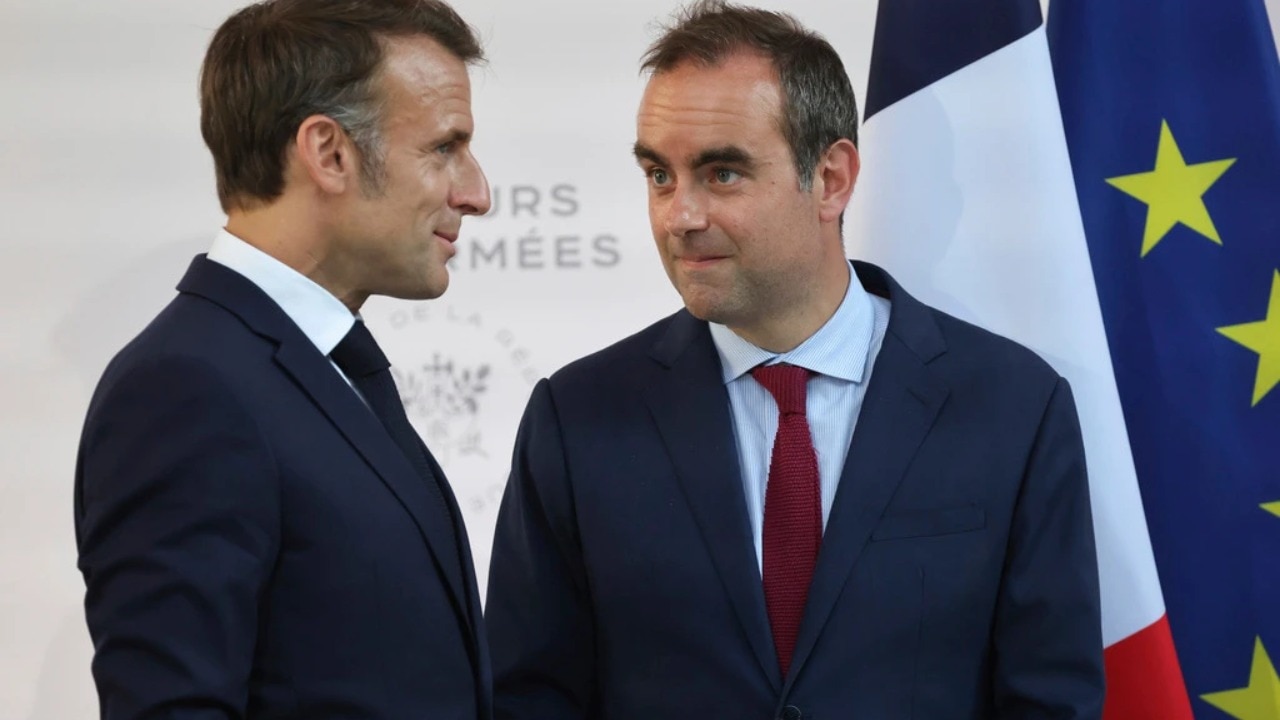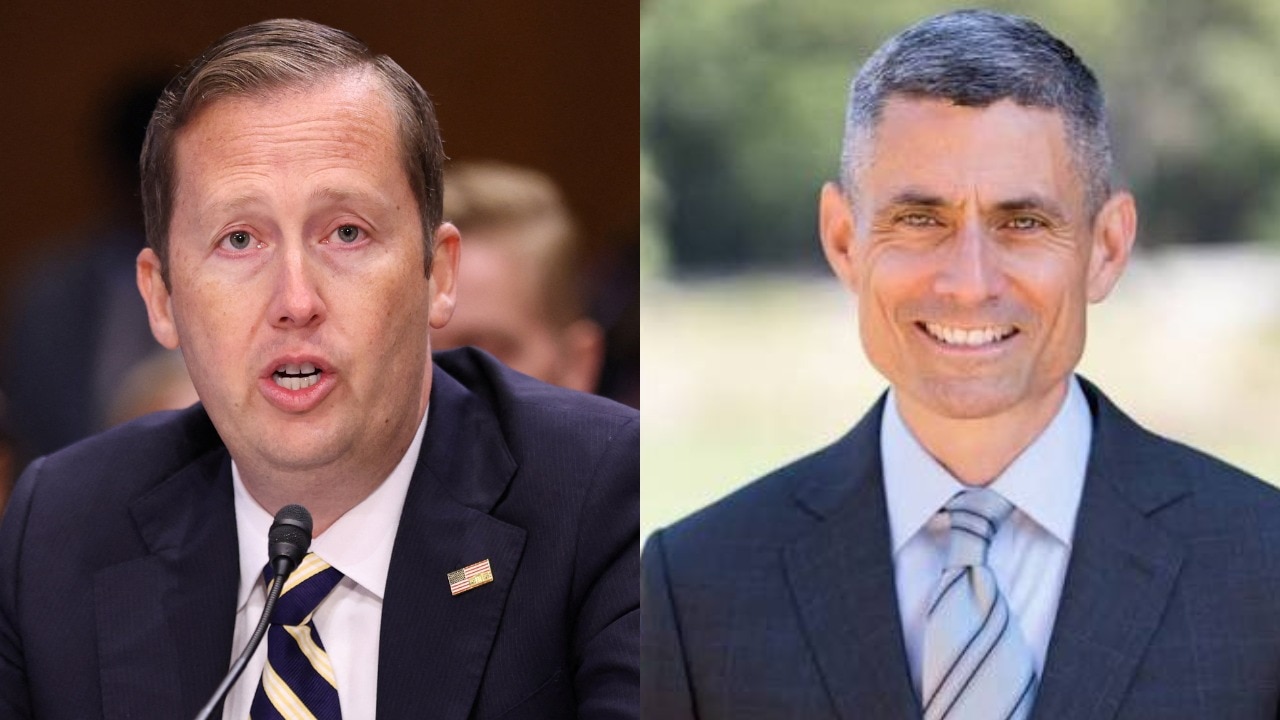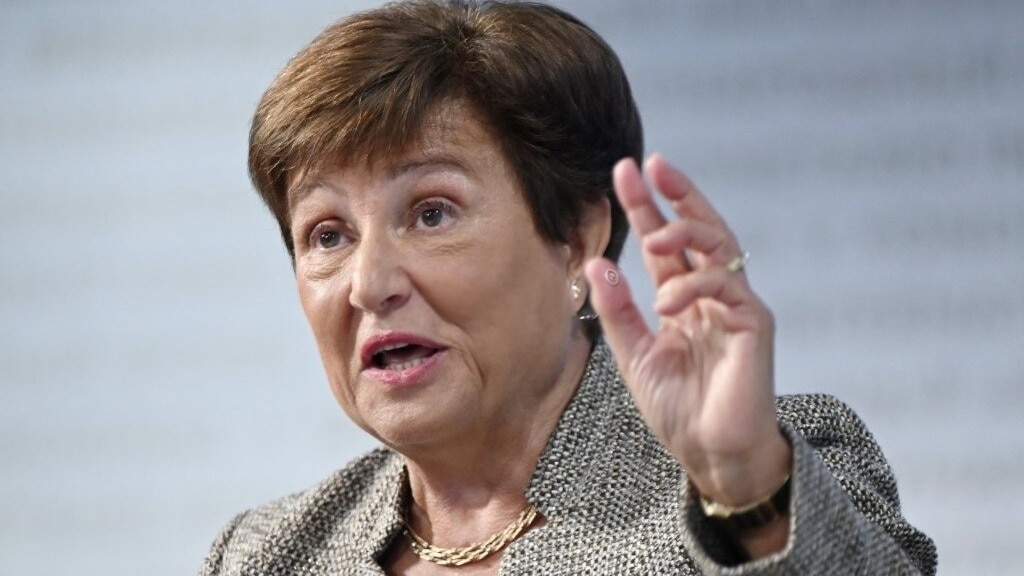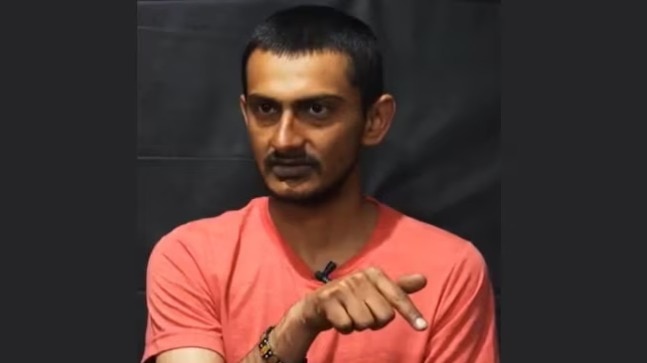About 100 people, including several children, risked their lives by trying to swim from Morocco into Spain’s north African enclave of Ceuta early on Saturday morning, as the territory’s authorities warned that its overwhelmed reception system was close to collapse.
Recent weeks have seen a rise in the number of people trying to reach Ceuta, with more than 50 children swimming across from Morocco on 26 July alone.
In the latest attempt, on Saturday morning, dozens of people were intercepted as they attempted to enter the enclave. Seven children reached the shore, where they were handed over to the regional authorities.
“About 100 people tried to get in, taking advantage of the foggy conditions, which make it hard to spot people,” said a spokesperson for the Spanish central government’s delegation in Ceuta. “But they didn’t manage to do so because the Moroccan security forces and [Spain’s] Guardia Civil, working together with rescue boats, prevented them from getting to Ceuta.”
However, he confirmed the arrival of the seven children.
Map of north Africa and the Iberian peninsula, showing the Spanish enclaves of Ceuta and Melilla in north AfricaUsually people need to swim out from the Moroccan coast, into the treacherous currents of the strait of Gibraltar, to make their way to and around the long border fences that jut out into the sea, cordoning off the Ceuta enclave from Moroccan territory.
The swimming migrants can be easy to pick up when there are just a few – so people try to go in large numbers in fog or at night-time. Those who are intercepted are returned to Morocco.
Last month, Juan Jesús Rivas, the conservative president of the autonomous city, said Ceuta was “totally overwhelmed” by the number of young migrants it was hosting, and called for other Spanish regions to take in some of the children.
“We’re a territory that comprises 20 square kilometres of the 500,000 square kilometres that make up the whole of Spain, but we take in 3% of the minors,” Rivas told El País.
“Who doesn’t get that this is an unsustainable situation? The situation in Ceuta is one of collapse and that poses a very serious risk when it comes to looking after minors and to the city as a whole.”
At the end of July, Alberto Gaitán, the Ceuta government’s spokesman, said the enclave was hosting 528 foreign minors when it was officially able to hold only 27. Gaitán pointed out that contingency plans were already in place to send the children to other Spanish regions.
“Between 2021 and 2024, around 450 minors – to whom we should add another 80 because of family regrouping in different parts of Spain – were relocated to other self-governing regions,” he said. “That shows that other regions, whatever their political hue, are there to help and have shown they can help relieve Ceuta.”
Four months ago, Spanish MPs approved a decree to redistribute the 4,400 foreign minors in the Canary islands, Ceuta and Spain’s other north African enclave of Melilla, across other regions.
The decree, put forward by the socialist-led government and its parliamentary allies, was criticised by the conservative People’s Party (PP), as “arbitrary and unfair”. The far-right Vox party also voted against it, saying it opened “the doors to military-age men who aren’t fleeing any wars and who come from opposing cultures”.
In July, PP-led regions boycotted a meeting on the redistribution of the children. .
According to the UN’s Organization for Migration, 572 people died or went missing last year trying to reach Spain from north Africa, while 155 people have lost their lives so far this year, seven of them children.
A 23-year-old Egyptian man was pulled from the Mediterranean a few weeks ago after trying to reach Spain from Morocco using an inflatable ring and flippers. In 2021, a boy was seen floating on empty plastic bottles in his attempt to reach Ceuta.

 1 month ago
1 month ago


